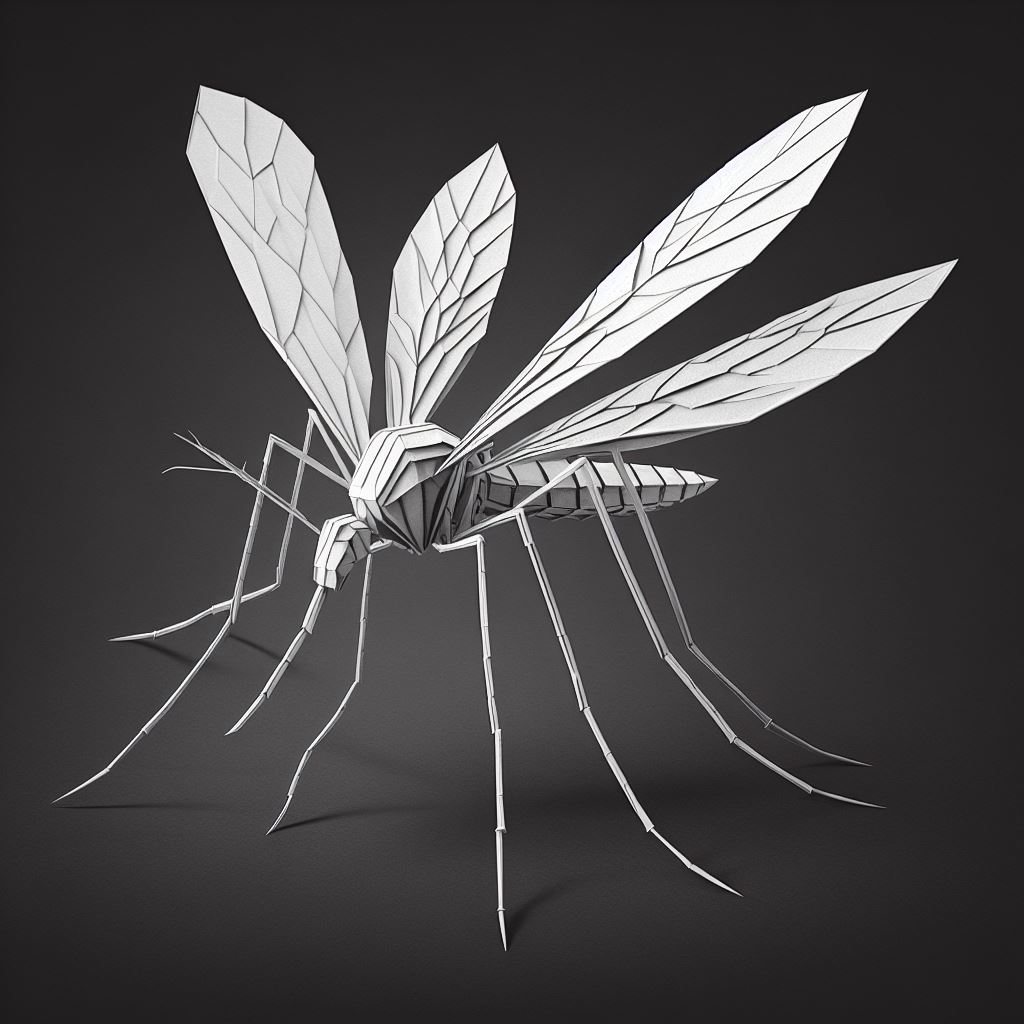The Lamen
The WHO’s endorsement of a new malaria vaccine offers real hope for millions

A new malaria vaccine potentially has the opportunity to save millions of lives. However, optimism cannot control the increasing transmission of malaria.
Image: Bing AI Image Generator
The World Health Organization made a historic announcement in late 2021: recommending a broad rollout of a malaria vaccine, hoping to save millions in the process. Just two years later, the agency has recommended a second, cheaper vaccine.
Called R21/Matrix M, the vaccine showed 75 percent efficacy over 12 months, according to a clinical trial. While the efficacy of booster doses remains to be monitored, vaccine makers are optimistic — looking to churn out upwards of 100 million R21 doses every year.
◢ Outlook
Ancient records from Mesopotamia and China dating back as far as 2,700 BC hold some records of malarial fevers. The disease was an endemic one — not appearing everywhere, but devastating on a localized level. The condition has since gallivanted across the world.
- There were nearly 250 million cases of malaria globally in 2021 — over 90 percent of which were recorded in sub-Saharan Africa, according to the WHO.
- It causes an estimated 600,000 deaths every year, with children under 5 accounting for 75 percent of these deaths.
Malaria is caused by the Plasmodium protozoan, but it’s the female Anopheles mosquitoes that serve as their flag bearer. As the mosquito injects spores of these parasites into a human, they rapidly invade the liver cells — causing recurring fevers among other symptoms.
- Scientists believe that Africa experienced a dramatic increase in temperature and humidity between 7,000 and 12,000 years ago — shaping up pools of water that became the perfect breeding grounds for mosquitoes.
- Mosquito-borne diseases have since often eradicated large chunks of the population, and we’ve never completely eliminated them.
Previously considered to be eliminated from the U.S., the Centers for Disease Control and Prevention reported four locally transmitted cases of malaria in Florida and Texas earlier this year — a first in 20 years.
- Warmer summers have made for better breeding conditions for malaria-infected mosquitoes, experts note. The U.N. says that this can widen malaria’s geographical distribution.
- However, a report from Science suggests that these cases could be attributed to a traveler from abroad bringing the parasite into the blood. Mosquitoes able to carry malaria were always present in the southern states, it said.
Mosquitoes are no doubt benefiting from the increased heat: cases of dengue fever are reaching a record high and several regions are experiencing more frequent “mosquito days.”
◢ Breaking the news
First break: Decades of public health efforts have driven malaria-related death rates down significantly. Approval of the first vaccine for malaria was a landmark — inoculating children in at-risk regions.
- Called RTS,S or Mosquirix, the vaccine acts against Plasmodium falciparum — the deadliest malarial parasite and the most common in Africa.
- The vaccine has already been used to inoculate over 800,000 children in Ghana, Kenya, and Mawali as part of a pilot program, said the press release.
- Gavi, WHO, and UNICEF announced they will provide 18 million doses of RTS,S in Africa from 2023 to 2025.
- However, these are only about 10 percent of the current vaccine demand.
Yes, but: Clinical trials showed the vaccine to be initially protective against malaria, but efficacy dropped to near-zero over successive years.
The vaccine is delivered in four doses, which raises concerns about how useful it could be in the real world, noted STAT. Meanwhile, the clinical trials did not directly measure whether the vaccines were protective against death, which has led to questionable efficacy, pointed out the NY Times.

The estimated annual number of deaths from malaria globally between 1990 and 2019. Data: IHME, Global Burden of Disease (2019)
Graphic: Our World in Data
A second malaria vaccine — called R21/Matrix M — developed by the University of Oxford is expected to become available in mid-2024. It will cost $2-4 per dose, about half of what RTS,S costs.
- In areas with highly seasonal malaria transmission, R21 was shown to reduce symptomatic cases by 75 percent during the year following a three-dose series, according to the WHO. A fourth dose given a year later maintained efficacy.
- The Serum Institute of India is expected to manufacture 100 million doses of R21 every year, planning to scale up to 200 million over the next few years.
While the new vaccine could be world-changing, experts point out potential issues with supply and quality control. With nearly 250 million malaria cases every year, the production may not be fast enough to keep up with the increasing transmission of malaria.